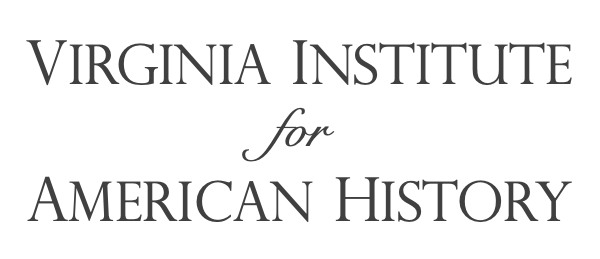"[T]here is no truth more thoroughly established, than
that there exists . . . an indissoluble union between virtue and
happiness." George Washington
The "pursuit of happiness" is the third
"unalienable right" set forth in the Declaration of Independence in
connection with "life" and "liberty." Webster's dictionary defines
"happiness" as a state of well being and contentment. While each individual may describe happiness
differently, most all will agree that happiness is the object of
existence. In this regard, John Adams
wrote that: "[H]appiness of society is the end of government." Thus, liberty is the means and happiness is
its end. Without liberty, no person or society
can be truly happy. Locke, in his Essay
the True End of Civil Government, quotes Dragonetti on Virtue and Rewards,
stating: "The science of the politician consists in fixing the true point
of happiness and freedom. Those men
would deserve the gratitude of ages, who should discover a mode of government
that contained the greatest sum of individual happiness, with the least
national expense." This, then is
the great dilemma for citizens, representatives and leaders in all ages: how do
we efficiently augment the well being and contentment of society, i.e.,
maximize societal happiness? Endless
social programs have been devised, enacted and administered to this end. While there is no single solution or easy
answer to all social ills, there is a formula proven in nature: "For
whatsoever a man soweth, that also shall he reap" (Galatians 6:7) In other words, being free to sow what we
will, if we sow good seed, and so labor, we shall reap good fruit. Individually and collectively we together
bear and reap the harvest of the opportunities and privileges provided us
through liberty's vale. Thus, wisdom and
virtue must fashion each seed sown by government.
Thomas Jefferson said: "[W]hat more is necessary to
make us a happy and prosperous people? . . . a wise and frugal government . . .
which shall leave [men] free to regulate their own pursuits of industry and
improvement, and shall not take from the mouth of labor the bread it has
earned. . . . We must make our choice between economy and liberty or profusion
and servitude. . . . If we can prevent
government from wasting the labors of the people, under the pretense of caring
for them, the people will be happy."
As revered in our past, industry, thrift and self-reliance must be upheld as crowning attributes to each
generation. Thoreau said: "This
government never of itself furthered any enterprise . . . [t]he character
inherent in the American people has done all that has been
accomplished." There were no
"social programs" for the pilgrims or pioneers. Happiness is garnered by self, not granted by
government.
The unalienable rights of "liberty" and "the
pursuit of happiness" are truly co-dependent. Liberty
provides an unfettered path in life to choose happiness or its
counterfeits. These individual and
collective choices effectually serve to either bless and benefit, or curse and
hinder, each of us, our society, and our posterity. An ancient proverb states:
"Righteousness exalteth a nation: but sin is a reproach to any
people." (Proverbs 14:34). The choice and decision is ours. Thus, while the possession of liberty itself
cannot guarantee happiness, it alone affords us the full opportunity in life
for its pursuit.
"[T]he form of government which communicates …
happiness to the greatest number of persons, in the greatest degree, is the
best.” John Adams







